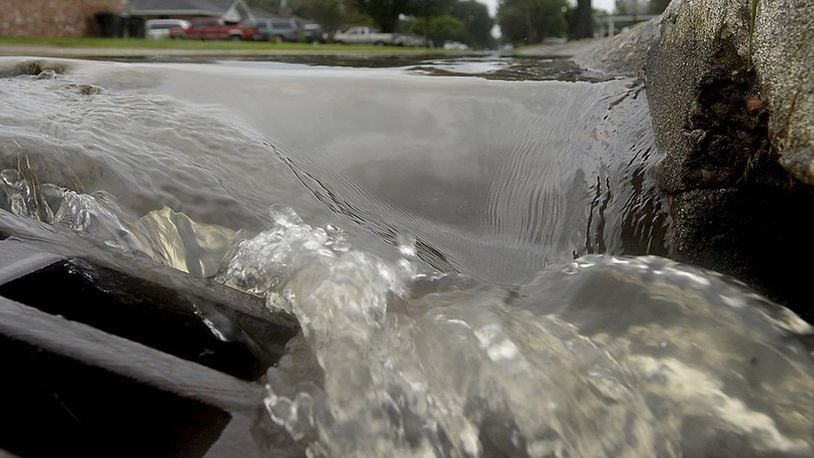As stewards of the environment, people should ensure the only thing that enters a storm drain is surface runoff from stormwater. No wastewater, oil, hazardous waste, common household chemicals, etc. should enter storm water drains.
Sediment transport from construction projects on base is another common pollutant that can enter storm drains and travel downstream. To prevent this from happening, erosion control measures requires silt fences, drain covers and temporary stabilization for uncovered dirt to keep pollutants from running off directly into the storm drains. It is important for everyone to be aware of how he or she can impact the quality of the local water.
Things to do to prevent stormwater runoff pollution include:
• Use fertilizers sparingly and sweep driveways.
• Never dump anything down storm drains.
• Vegetate bare spots in your yard.
• Compost your yard waste and rake your leaves.
• Avoid pesticides.
• Take your car to the car wash instead of washing it in the driveway.
• Check car for leaks and recycle motor oil.
• Pick up after your pet.
• Have your septic tank pumped and system inspected regularly.
For additional information on storm drains, contact 88th Civil Engineer Group Environmental division water quality technician Catherine Bartell at 937-257-3176 or Catherine.bartell@us.af.mil.
About the Author
